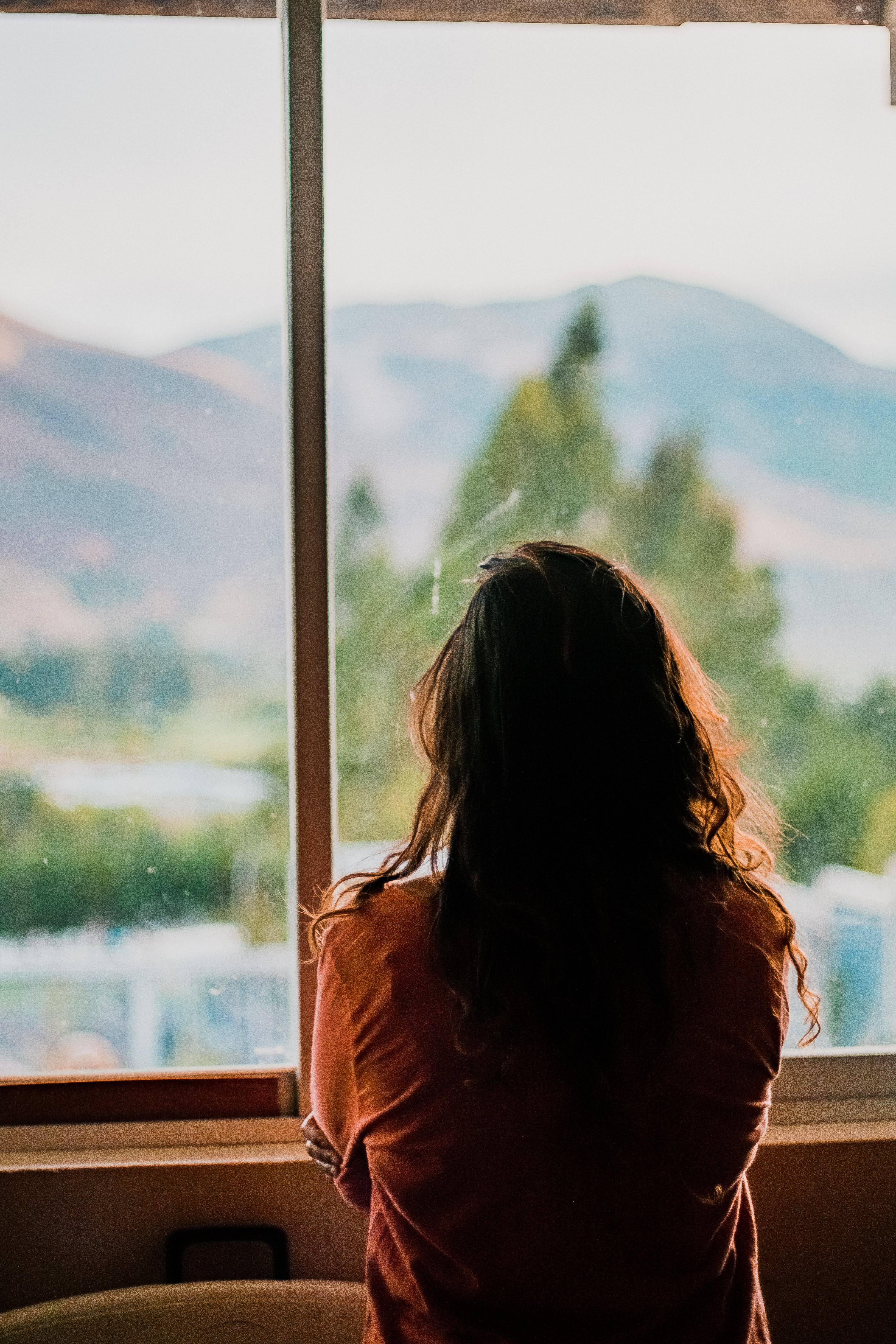News
Understanding Seasonal Affective Disorder (SAD): Shedding Light on the Winter Blues
As the days grow shorter and the temperature drops, many of us find ourselves feeling a bit gloomier during the winter months. It's not uncommon to experience a dip in mood when the sun sets early, and the weather turns cold and gray. However, for some individuals, these seasonal changes can bring about a more serious condition known as Seasonal Affective Disorder (SAD). In this blog post, we will delve into the world of SAD, exploring its symptoms, causes, and available treatments, as well as offering practical tips for managing this challenging condition.
What Is Seasonal Affective Disorder (SAD)?
Seasonal Affective Disorder, aptly abbreviated as SAD, is a type of depression that occurs seasonally, typically during the fall and winter months. It is characterized by a persistent and recurring pattern of depressive symptoms that coincide with the changing of seasons, most commonly during the colder, darker months of the year. While SAD is most frequently associated with winter, some individuals may experience a variant known as summer-onset SAD, which occurs during the spring and summer.
Common Symptoms of SAD
SAD shares many of the symptoms of major depressive disorder, but it is distinguished by its seasonal pattern. Some common symptoms of SAD include:
Low mood: Feelings of sadness, hopelessness, and irritability that persist for most days.
Loss of interest or pleasure in activities: A decreased interest in activities you once enjoyed.
Fatigue and low energy: A general lack of energy and motivation.
Changes in sleep patterns: Insomnia or oversleeping are common, often accompanied by difficulties waking up in the morning.
Appetite and weight changes: Increased cravings for carbohydrates and overeating, leading to weight gain in some cases.
Difficulty concentrating: Trouble focusing, making decisions, or remembering things.
Social withdrawal: A tendency to isolate oneself and avoid social interactions.
Physical symptoms: Some individuals may experience physical symptoms like headaches, muscle aches, and stomach aches.
Causes of SAD
The exact cause of Seasonal Affective Disorder is not fully understood, but several factors are believed to contribute to its development:
Biological Clock (Circadian Rhythm): The reduced exposure to natural light during the shorter days of winter can disrupt the body's internal biological clock, leading to changes in mood and sleep patterns.
Serotonin Levels: Reduced sunlight exposure may lead to a drop in serotonin levels, a neurotransmitter that plays a key role in regulating mood.
Melatonin Levels: Changes in light can also affect melatonin production, disrupting sleep patterns and potentially contributing to depressive symptoms.
Genetic Factors: There is evidence to suggest that genetics may play a role in predisposing some individuals to SAD.
Environmental Factors: Living at higher latitudes, where there is less daylight during the winter months, increases the risk of developing SAD.
Treatment Options
Thankfully, there are effective treatments available for Seasonal Affective Disorder. Here are some common approaches:
Light Therapy: Light therapy, also known as phototherapy, involves exposure to a bright light box that mimics natural sunlight. This can help regulate circadian rhythms and improve mood.
Psychotherapy: Cognitive-behavioral therapy (CBT) and other forms of psychotherapy can help individuals learn coping strategies and manage depressive symptoms.
Medications: In some cases, antidepressant medications, particularly those in the selective serotonin reuptake inhibitor (SSRI) class, may be prescribed to alleviate symptoms.
Lifestyle Changes: Lifestyle modifications, such as regular exercise, a balanced diet, and stress reduction techniques, can also be beneficial in managing SAD.
Mindfulness and Meditation: Mindfulness practices and meditation can help individuals develop greater emotional resilience and reduce the impact of SAD.
Tips for Managing SAD
In addition to seeking professional help and considering treatment options, there are several self-care strategies that individuals with SAD can incorporate into their daily lives:
Maximize Natural Light Exposure: Spend time outdoors during daylight hours, and open curtains to let natural light into your home.
Establish a Routine: Maintain a regular daily schedule to help regulate your body's internal clock.
Stay Active: Engage in regular physical activity, which can boost mood and energy levels.
Socialize: Make an effort to stay connected with friends and family, even when you may feel like isolating yourself.
Manage Stress: Practice stress-reduction techniques such as deep breathing, yoga, or mindfulness meditation.
Seasonal Affective Disorder is a real and challenging condition, but with the right treatment and self-care strategies, it can be managed effectively. If you or someone you know is experiencing symptoms of SAD, it's important to seek help from a healthcare professional. Remember, there is hope, and brighter days are ahead.

